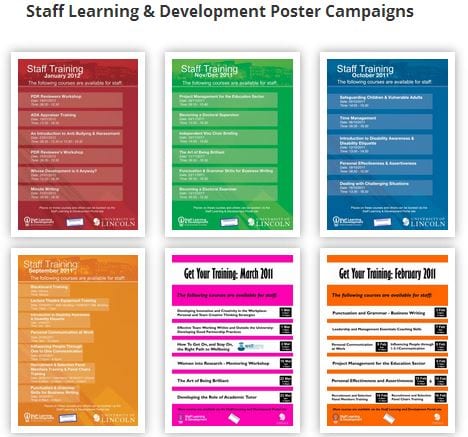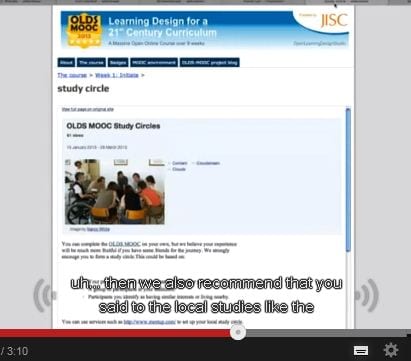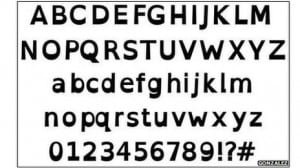As Blackboard faces upgrading and the procurement process grinds on, Getting Started offers its annual overview of the ways the VLE is used across the university. On a scale from good, less good to not at all. Getting Started has always had differential levels of participation. I believe the disparity has less to do with attitudes to transition and is more a reflection of the way Blackboard is used across individual practice. As a T&L Coordinator supporting the use of technology, the gaps suggest I’m not doing a very good job. My current downer on all things virtual continues. Students like their VLE but workshops and surveys suggest differential use between modules and courses is an increasing cause for concern. The question of minimum standards has been mooted although how this would be mandated or policed is less clear. I get despondent over exclusive practices, but there are bigger issues around initial engagement in the first place. Feenberg * may be right. The technology has failed. As Laurillard ** says we are on the brink of transformation – but have been there for some time.
Maybe if we took the technology away?
My MA in Open and Distance Learning with the OU was delivered online. Four of six modules used a variety of tools and assessment activities. I chose the last two from social science. Resources were delivered in traditional distance learning style; cardboard boxes full of cds and books. No online element – not even a discussion. Assignments were posted and returned hand marked. This was not long ago. I learned as much about the affordances of technology to enhance learning, and the power of online communities of shared practice to create new knowledge, by their absence as their presence.
Getting Started is a useful snapshot of VLE engagement. I call for inclusive practice but if Blackboard is not being used, or is a holding place for a collection of Word documents, conversation around TechDis Accessibility Essentials or the DDA/Equality Act is doomed. The gap between my conception of virtual learning and the reality of a VLE as a repository for Word and PowerPoint requires rethinking. Discussions around the Digital Education Strategy need to focus on the low end-user and non-user. Pushing up to blue skies will not address resistance.
Is resistance to Blackboard political or personal? Is it indicative of broader attitudes to internet enabled communication and information? You may as well ask if exclusive practice is deliberate or inadvertent? No one intentionally sets out to exclude. There is innovative and exciting use of Blackboard across the university but they remain in pockets. The problem with technology is the divide between those advocating use and those who are the users. The digital divide has less to do with access and more the way access is managed and the continual problem of content being presented in single formats based on assumptions the user can access it. I don’t have the answer in the present economic climate. All I know is in their relationship with technology, people will find their own level and stay there. It might not be effective or inclusive – but without increased human resource and ring fenced funding to support change – the current situation of good, less good or not at all is probably about as good as it gets.
———————————————————————————————————————————————————————-
* Feenburg, A. (2011) Agency and Citizenship in a Technological Society http://www.sfu.ca/~andrewf/copen5-1.pdf
** Laurillard, D. (2008) Digital technologies and their role in achieving our ambitions for education http://eprints.ioe.ac.uk/628/1/Laurillard2008Digital_technologies.pdf
Failure is not an Option! https://suewatling.blogs.lincoln.ac.uk/2013/06/02/failure-is-not-an-option/
——————————————————————————————————————————————————————–



